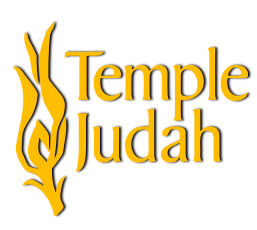Today we live in a world separated by almost everything. One’s political affiliation, COVID “believers” and anti-vaxxers, and in most any other subject we can find those vehemently opposed to cherished values held by the other. I suppose if we could time travel in history, we would also find a set of issues that drew hard lines in the sand. As to the wisdom of our Jewish religion about what these separations may mean, I leave to the more learned of the Torah. Instead, I want to draw insight into examples being set in Israel now.
Nowhere else over history has held views been so diametrically divergent. As I write this column while visiting my family in Israel, I’m aware of a convergence occurring here, even since my previous trip at a time I call “BC” (before COVID).
It cannot be overstated just what a historical event their last election represents. More accurately stated – its less about the election and more about the coalition created. As a quick primer of their system, there are many parties, and one votes for the party not the person. There are 120 seats to fill, afterwards multiple parties must create at least a 61 (seat) majority. The result was that Likud (Netanyahu) was the largest block winner with 30 seats. But in the end, the coalition that was formed (after 3 previous elections) was without the Likud party. This occurred due to a variety of disparate folks which came together in an unusual alliance between eight political parties from a diverse array of ideologies, from the left to the far right. It even includes the membership of a small Arab party called Raam.
In a country whose issues are much more politically charged than that of the U.S. to have left, right and for the first time in history an Arab party agree to work together can be a lesson for us all. I am purposely not speaking of the politics itself nor does this column serve to represent any view; it is to point out that agreement may be reached when power is shared, and compromise is the method.
On a much different front is that of gender, or more accurately – inclusion. The Hebrew language has an extremely gender based “agreement” requirement in the nouns to the verbs. In English if “a man runs” or “a woman runs”, the [run] is not changed to agree with the gender. While in Hebrew everything, even a chair or a number, has gender and proper grammar requires one to know its gender and speak and write the sentence differently. On Israel’s street today, one will see advertisements with new Hebrew letters/symbols to represent neither feminine nor masculine. This approach may be seen as either cynical to appeal to the ultra-liberal, or as modern and gender inclusive. In land as old as religion with a language so tied to its people and culture this shift could be titanic.
Welcome to a world emerging where compromise is possible and inclusion becomes represented in new symbols. May this become a lesson for us all in a new year approaching.

Shown above are the words used for “Welcome” written in a new way with new characters that implies inclusiveness in a non-gender-based style.
Robert Becker
President

